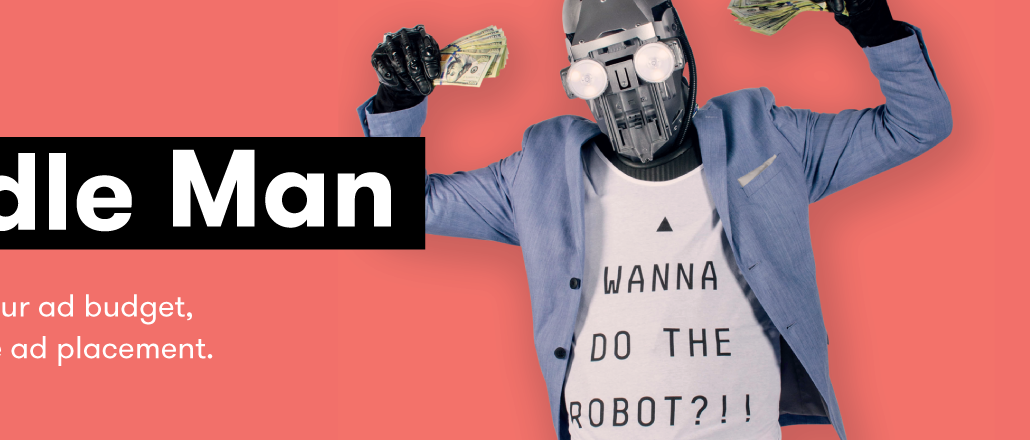Insights from CTV leaders at Dentsu, Horizon Media and more

Great advertising isn’t possible without great ad tech. At the end of the day, media is technology. The best ideas and communications only thrive when they are delivered to the right person, in the right context, at the right time.
That’s why it’s ironic that most ad tech companies aren’t great marketers. Too often, ad technology developers come across as fast-talking salesmen, more focused on gaining profit than providing solutions that enhance the way media is planned and delivered.
We decided to have a little fun with that perception, starting at Advertising Week in September. Working with White Lightning x The Judge’s Son, we developed the Bro-bot campaign, designed to playfully call out those in our business who add complexity but not value. We’ve all interacted with the bad ad tech stereotypes: the middleman who seems to add nothing but complication and cost; the disruptor, who knows the buzzwords, but not advertising’s basic principles; and the narcissist, who simply repeats himself over and over without paying attention to whether anyone is listening.
The problem is that with so many ad tech companies, acronyms and buzzwords out there, it can be hard to separate the good from the bad. The Bro-bot campaign helps our audience recognize the warning signs when they’re talking with a technology provider that isn’t able to serve their best interests.
Beyond this, the Bro-bot campaign gives us a chance to put our money where our mouth is as marketers. Great media executions are always larger than a single ad. They require careful planning, strong creative, effective placement, and intelligent analysis. The Bro-bot campaign is our attempt to share an important and memorable narrative, to a very specific audience, in an entertaining way.
The campaign leverages digital, including a series of video shorts released on an exclusive landing page, bewareofbrobots.com. The videos were promoted through digital, OOH and social outlets, using the Sonobi JetStream platform to apply first party data to forecast the availability of the exact people who meet our targeted audience with Outstream video.
Targeting marketers nationally presented a bigger challenge than we expected, and required a creative solution. We leveraged social data and 3rd party vendors such as Lotame Data Network to find ways to target marketing executives in content and on platforms relevant to their work day – even if they were taking a ten minute Twitter breaking or viewing some sports content.
By leveraging OOH, we were able to install over 2000 creative executions throughout NYC, targeting the places and spaces near our target market’s workplaces. We used wild postings and washable spray paint stencils to make the campaign feel more organic and entertaining.
Using our platform, data, and smart outdoor/print executions, we were able to reach our audience, and guarantee delivery of a memorable campaign against a hard-to-reach audience.
Good ad tech doesn’t complicate, it enables. By highlighting the more ridiculous elements of our space, we can parody the nonsense to showcase what we do well — provide brands and publishers with a two-way dialogue and shared infrastructure enabling them to guarantee reach to the right consumers with relevant messaging. A good tech ad company truly understands marketing, and knows how to enhance its power exponentially. And, by parodying those who do ad tech poorly, we believe we are helping increase the amount of companies who do things right.
More in Marketing

Retail media’s mid-2025 reality: Why advertisers are going all in on full-funnel
Retail media’s meteoric rise may finally be leveling off — and that’s forcing advertisers to take a harder look at what they’re getting for their money.

TikTok might be working on a standalone U.S. app, but marketers aren’t sold on the idea – yet
TikTok is developing a lifeboat for its American business, but media buyers are wary of advertising implications.

Bold Calls for the back half of 2025
Now’s a good moment as any to take stock —and make a few bold calls about what’s coming next.





